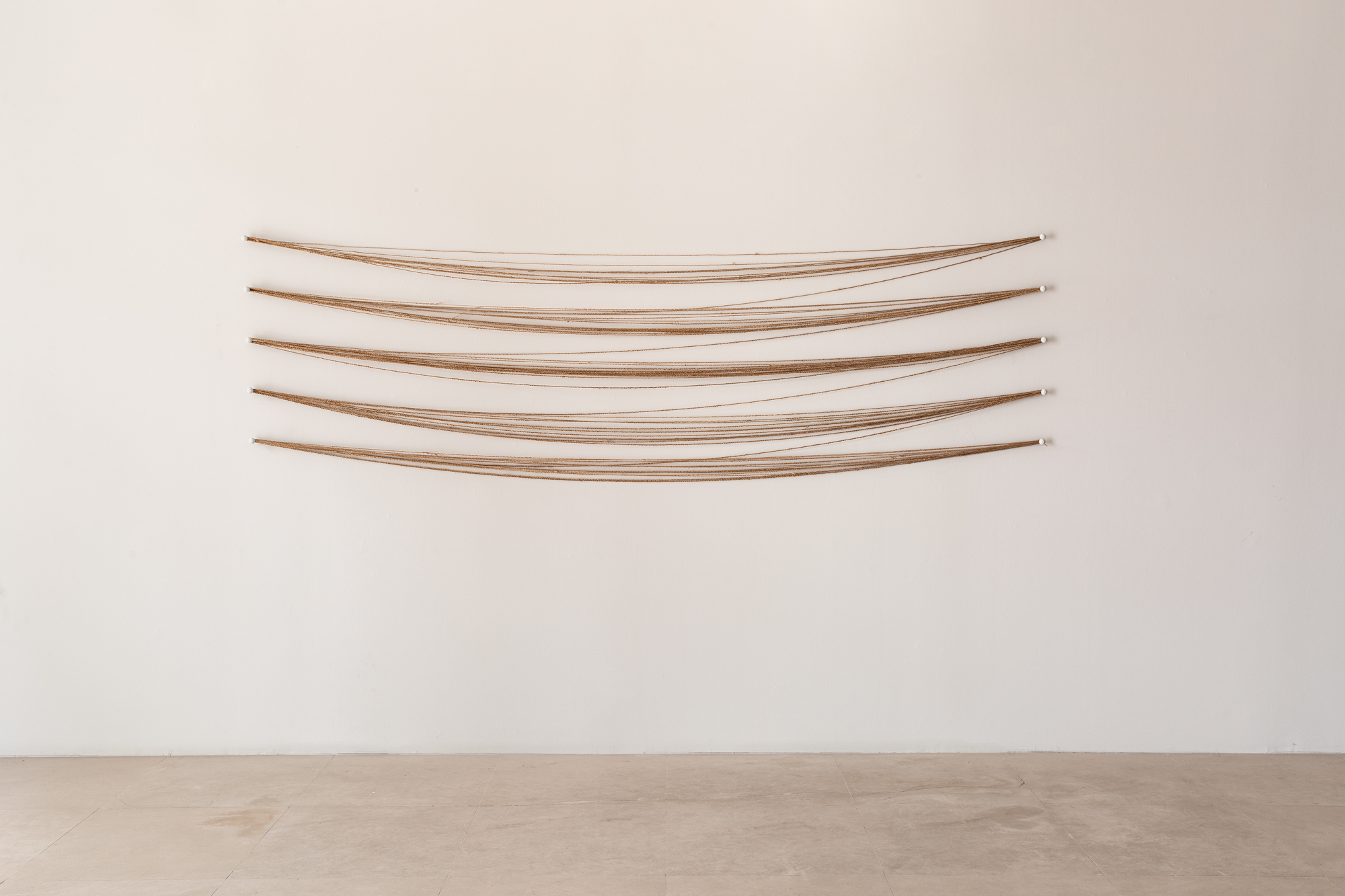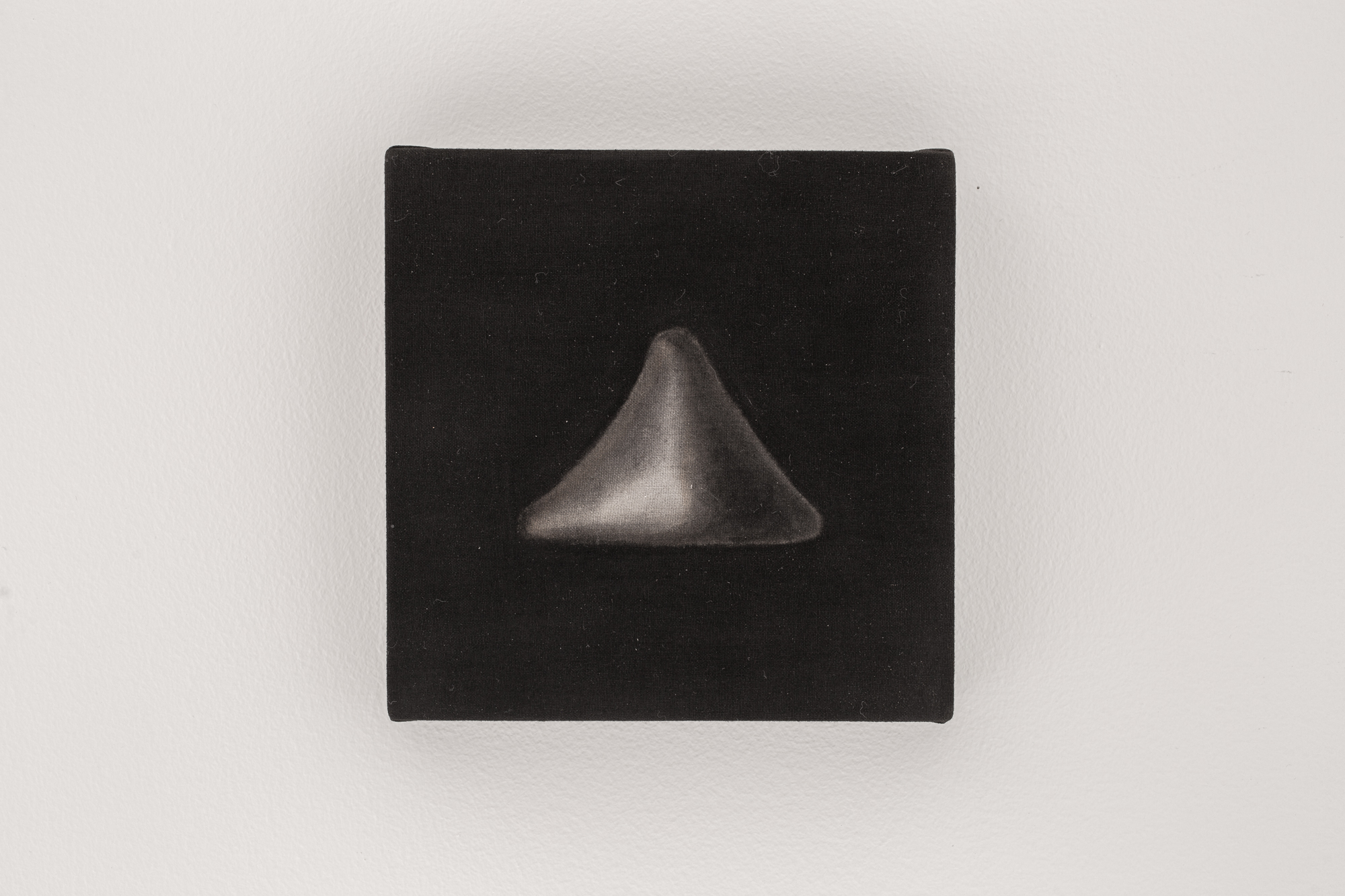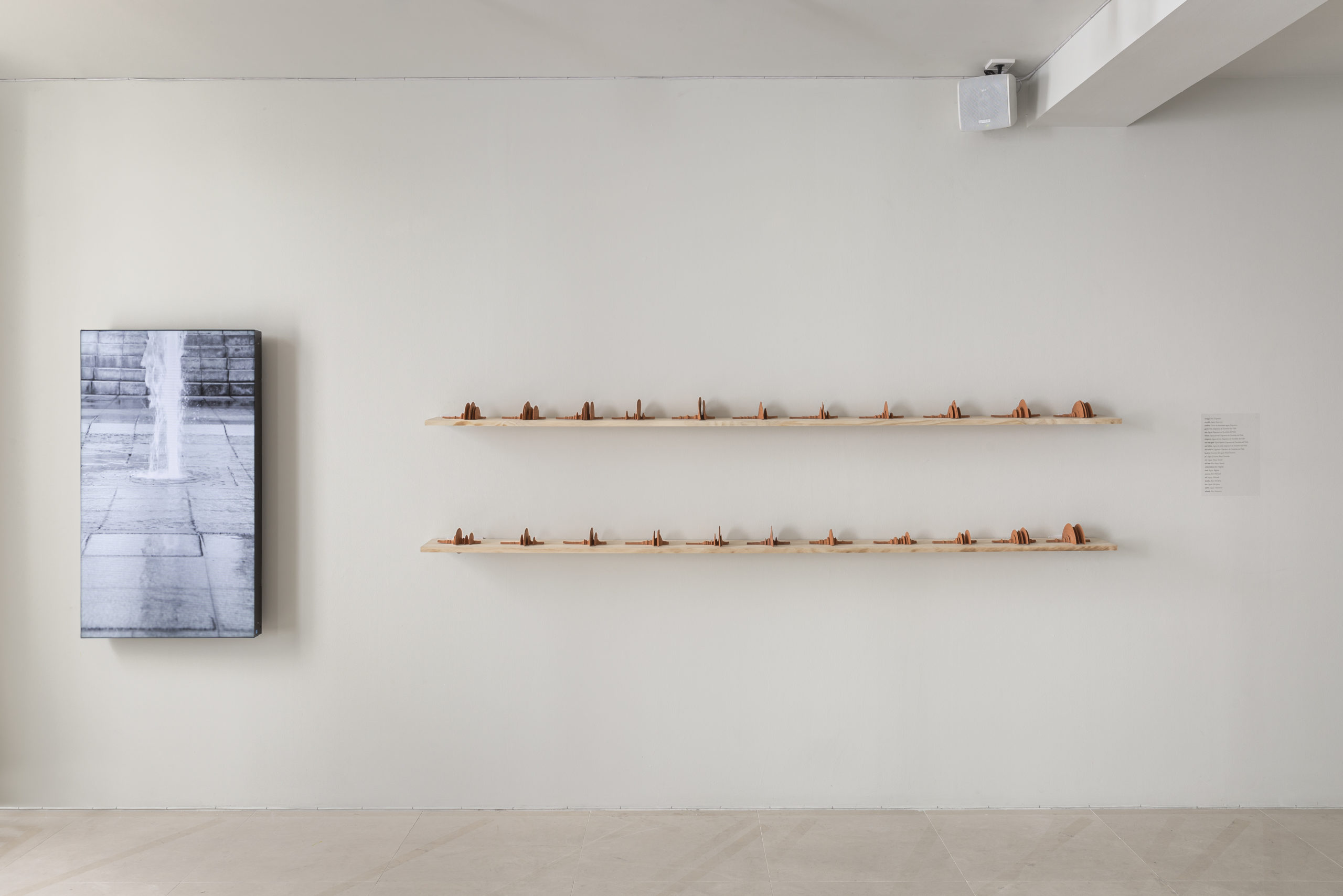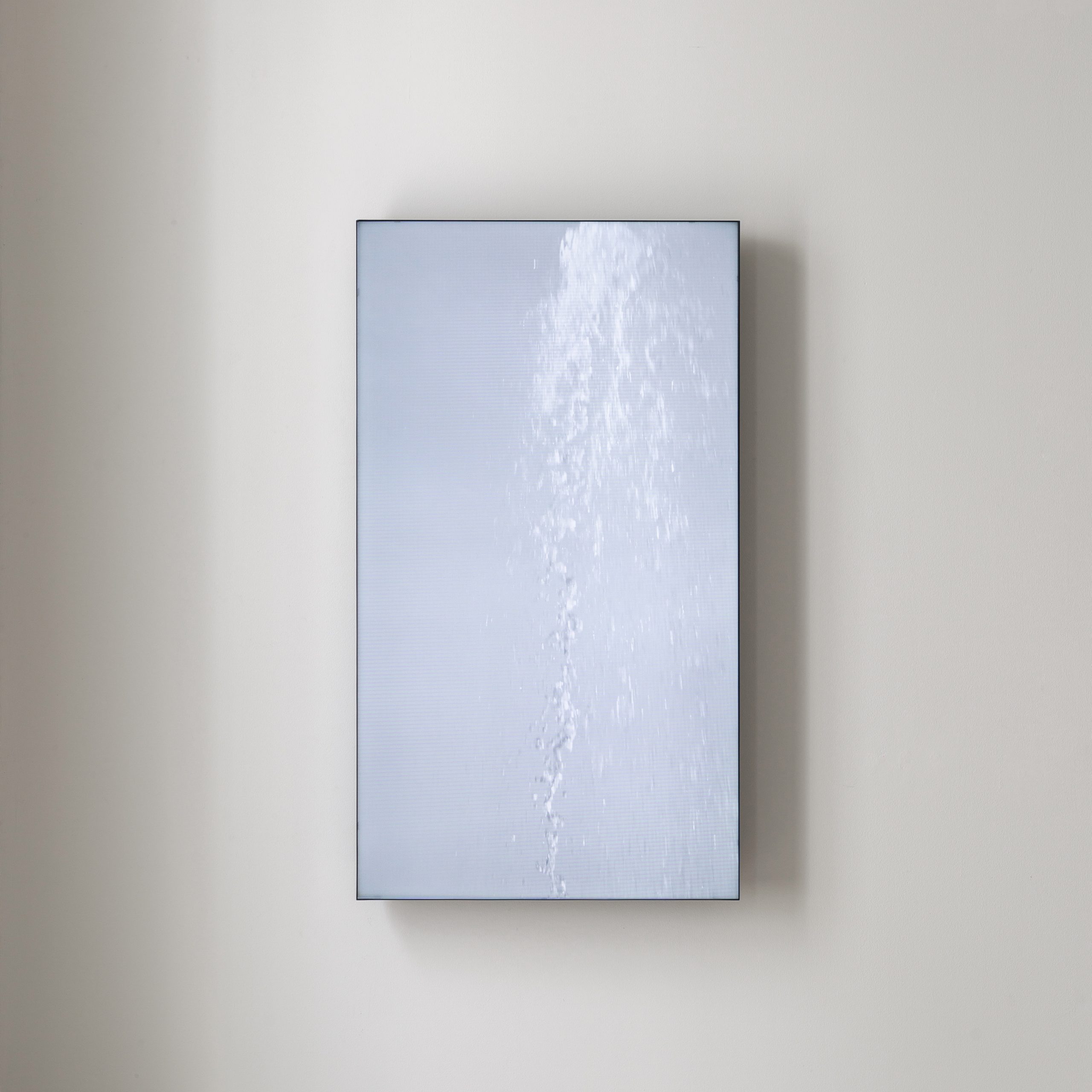En esta vida hay otra vida

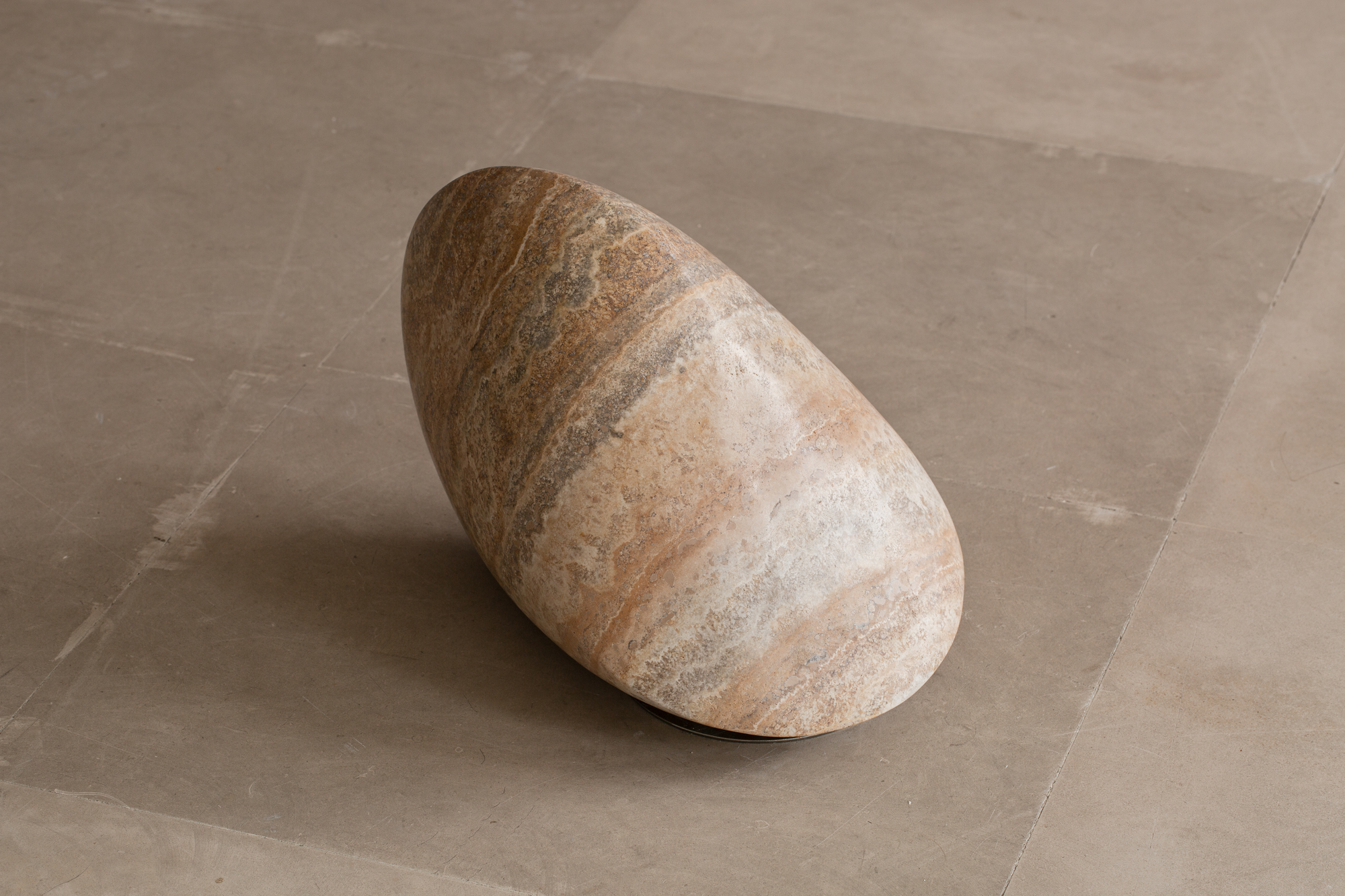
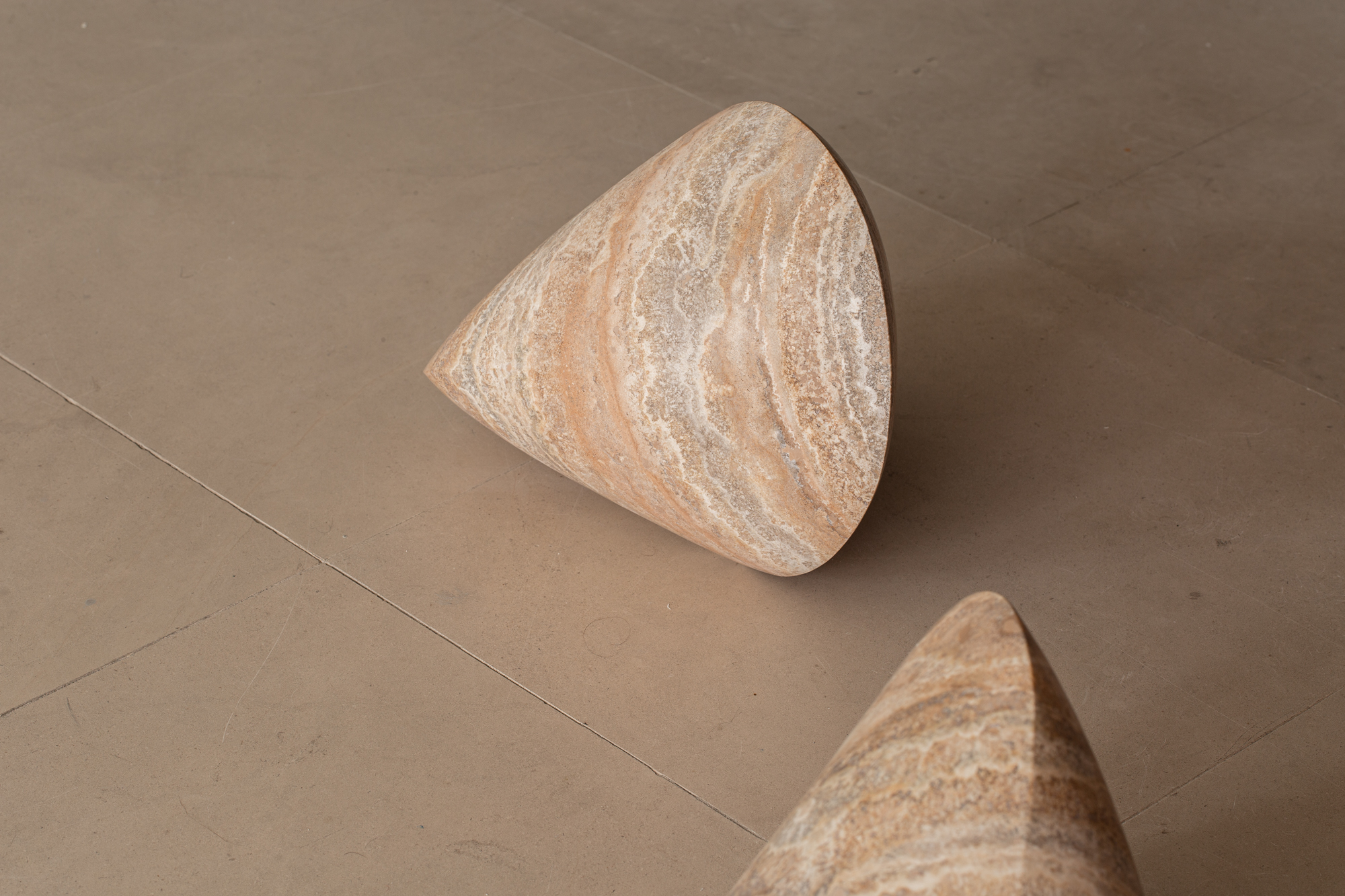




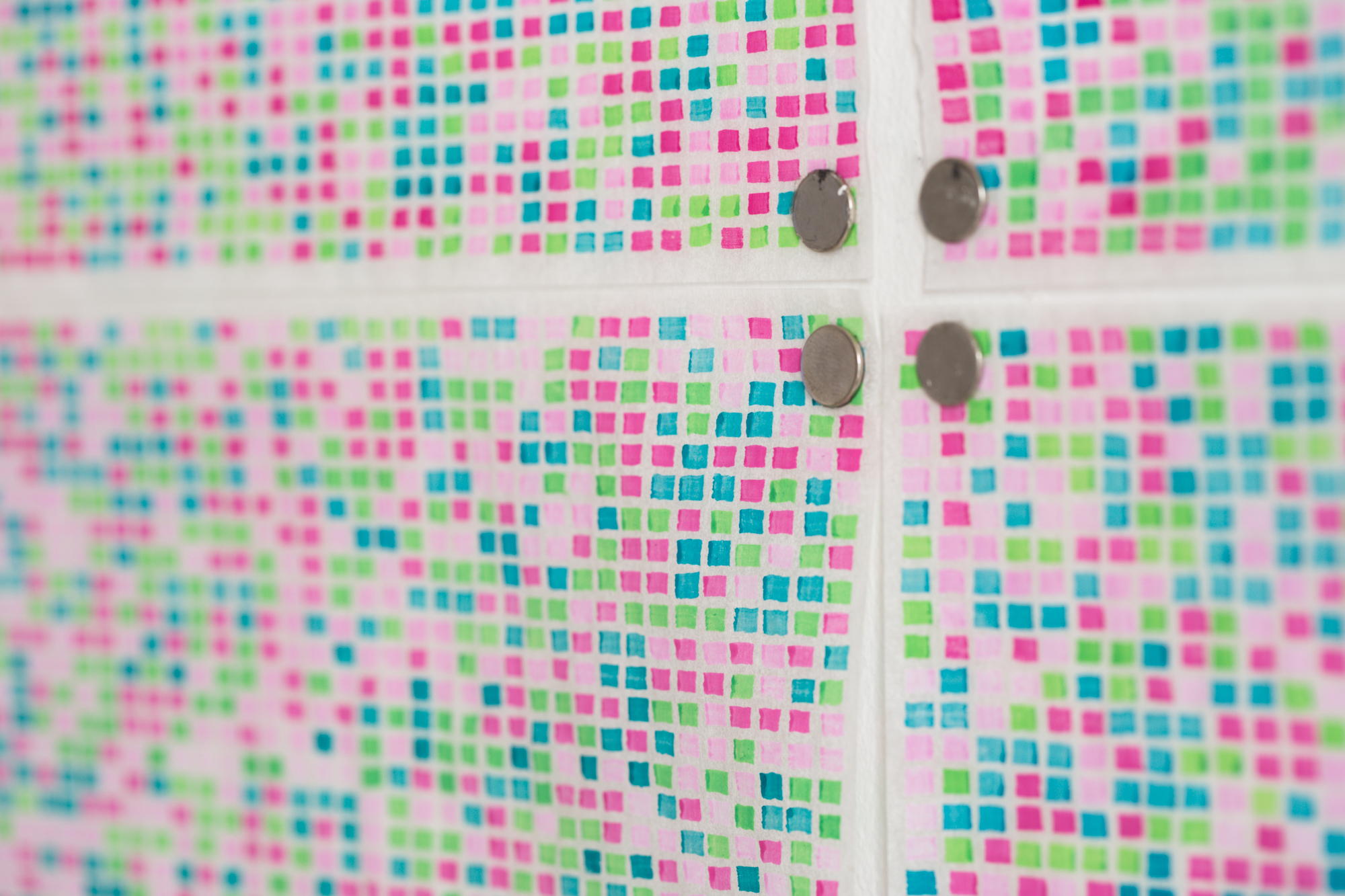
25.11.2021 – 29.01.2022
Artists: AGENdA Arq (Juliana Gallego and Camilo Restrepo), Tania Candiani, Elena Damiani, Jorge González, Mariana Murcia & Jacob Ott and Bernardo Ortíz.
“Somehow, amidst the ruins, we must remain curious enough to notice the strange and the wonderful, as well as the terrible and the terrifying (…) Living in a time of planetary catastrophe begins with a practice both humble and difficult: noticing the worlds around us.” Anna Tsing. Arts of Living on a Damaged Planet: Ghosts and Monsters of the Anthropocene, 2017.
What is a “thing”? A thing is “anything that exists or has entity whether material or immaterial, real or imaginary, concrete or abstract (objects, humans, thoughts, animals, plants, emotions, actions, etc.)” According to Bruno Latour in Making Things Public (Latour & Weibel, 2005), and the etymology of the word, it’s considered to come from the Latin “causa”, which indicates the principle that motivates an action. Latour insists that calling an object a thing means recognizing its “network” aspect and that we must pay attention to the networks of the world. ”In this life there is another life” is an invitation to focus our gaze on these composite networks between perceived and unperceived worlds. To reflect on human-non-human relationships and to understand, from new and old perspectives, how we can remember and learn processes that are in balance between ecosystems.
Wind, stone, water, dust, paper, animals, minerals, trees, everything moves and is alive internally or externally. This is how object-oriented ontology (ooo) argues that we can better understand our world and ourselves by interacting with things without situating them from the human perspective, but on the contrary, by understanding that they themselves act on their own. We live in a world full of things/objects that tell stories and have the capacity to animate, transform and change, being active agents and not static objects. In the book “Vibrant Matter: a political ecology of things” Jane Bennett, ooo theorist, suggests that all agency is “distributive”, that it “always depends on the collaboration, cooperation or interactive interference of many bodies and forces”. She also proposes that we should engage more closely and strategically with the materiality that constitutes us and binds us to other things. If it’s impossible to think of a nature untouched by humans, it is also impossible to think of a human being detached from matter. “I want to promote greener forms of human culture and more attentive encounters between people-materialities and things-materialities.” (Jane Bennett.Vibrant Matter: a political ecology of things”, 2010).
Thinking from the territories of Latin America and the Caribbean, the exhibition intertwines the theory of ooo with themes such as indigenous cosmogonies and the climate crisis, placing architecture, sound, image and sculpture as forms that allow things to speak to us. After all, respect and harmony are fundamental to the balance of all worlds and to begin to structure a collaborative response to our uncertain future.
Sofia Lanusse, Madrid 2021.




